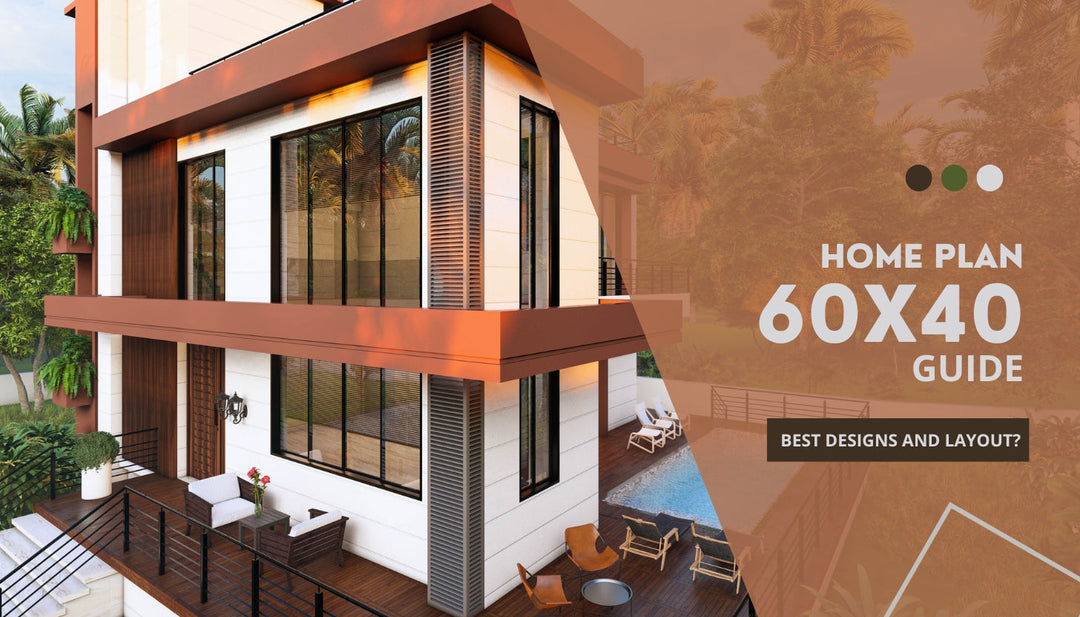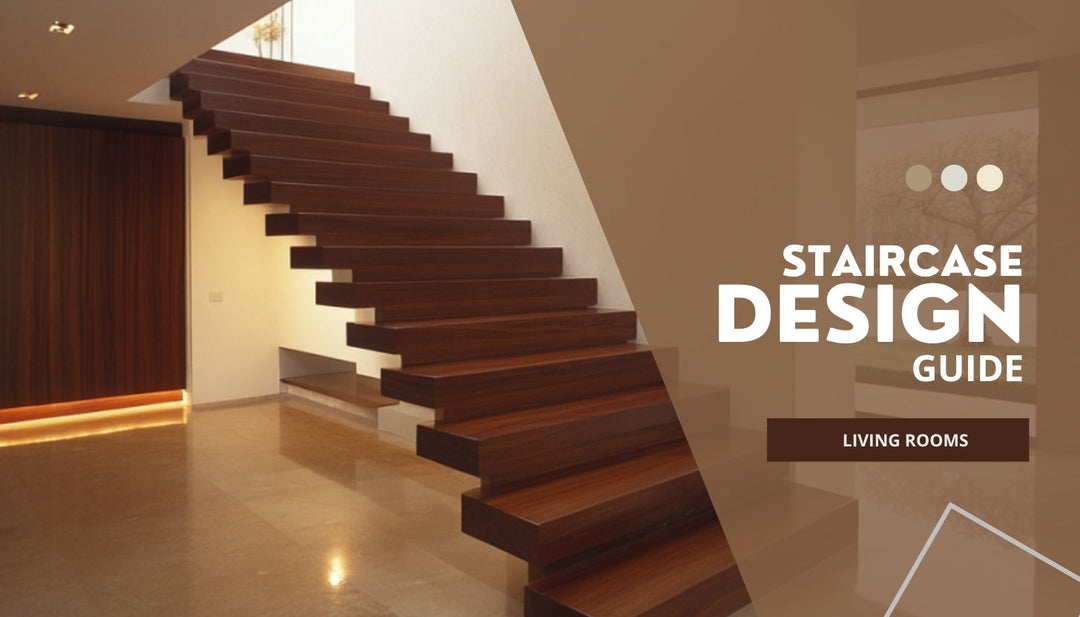The Ultimate Guide to Vernacular Design: Inspiring Homes from Kerala

Vernacular design, deeply rooted in tradition, sustainability, and local craftsmanship, is experiencing a renaissance in contemporary architecture. Kerala, a state in southern India, has long been celebrated for its rich architectural heritage that masterfully blends functionality, climate responsiveness, and aesthetics. This comprehensive guide explores the unique characteristics of vernacular design in Kerala, showcases stunning homes that epitomize these principles, and provides practical tips for incorporating vernacular elements into modern architecture.
Key Takeaways
- Vernacular design in Kerala is characterized by climate-responsive features like sloping roofs and central courtyards.
- Traditional materials such as laterite stone, timber, and terracotta are central to Kerala's vernacular architecture.
- Modern homes can incorporate vernacular elements to improve sustainability and cultural connection.
- Vernacular design principles offer solutions for challenges like energy efficiency and climate change adaptation.
- Blending traditional design with modern technologies can create comfortable, efficient, and culturally rich living spaces.
Understanding Vernacular Design in Kerala

Vernacular design refers to architectural styles that are intrinsically tied to the traditions, culture, and climate of a specific region. In Kerala, this design philosophy has evolved over centuries to create homes that are not only beautiful but also highly functional in the region's tropical climate. To gain a deeper understanding of how this applies across India, explore our article on 5 unique elements that define Maharashtra's home design.
Key Characteristics of Kerala's Vernacular Architecture
- Sloping Roofs with High Pitches: Designed to efficiently channel heavy monsoon rains.
- Gable Windows: Provide natural ventilation and prevent overheating.
- Local Materials: Extensive use of laterite stone, timber (teak, rosewood), and terracotta.
- Central Courtyards (Nadumuttam): Enhance cross-ventilation and serve as social spaces.
- Jaalis (Lattice Work): Ensure privacy while allowing airflow and diffusing light.
- Pillared Verandas: Offer shaded outdoor living spaces.
- Elevated Foundations: Protect against flooding during monsoons.
- Tiled Flooring: Typically using terracotta tiles for natural cooling.
For more insights on natural ventilation in Indian design, check out our detailed guide on the use of natural ventilation in Indian design.
Evolution of Vernacular Design in Kerala
| Period | Characteristics | Influences |
|---|---|---|
| Ancient (Pre-colonial) | Simple structures, palm leaf roofs | Indigenous practices |
| Colonial Era | Introduction of European elements | Portuguese, Dutch, British architecture |
| Post-Independence | Blend of traditional and modern | Modernist movement, Laurie Baker's influence |
| Contemporary | Eco-friendly adaptations | Sustainability concerns, climate change |
To see how these principles are applied in modern contexts, take a look at our article on Kerala-style house designs and elevations.
7 Exemplary Kerala Homes Showcasing Vernacular Design
1. The Nalukettu House in Thrissur 
This traditional home exemplifies the classic Kerala style with its:
- Central courtyard (Nadumuttam)
- Four-sided structure (Ettukettu)
- Sloping tiled roof with wooden rafters
- Verandas on all sides
Design Science: The Nalukettu's layout promotes natural air circulation, with the courtyard acting as a thermal regulator. This aligns with principles discussed in our article on passive architecture for Indian homes.
2. Vastu-Shastra Inspired Home in Kochi 
This residence harmonizes traditional design with spiritual principles:
- Aligned with cardinal directions as per Vastu Shastra
- Central courtyard for energy flow
- Use of natural materials like terracotta and wood
Circulation: The home's layout facilitates smooth movement between spaces while maintaining privacy.
3. Contemporary Vernacular Home in Palakkad 
A modern interpretation of Kerala's vernacular design:
- Sloping roof with solar panels
- Bamboo and laterite construction
- Minimalist interiors with traditional accents
User Benefit: Combines eco-friendly features with modern amenities for sustainable living. Learn more about integrating solar panels in our guide to rooftop solar systems in India.
4. Heritage Home in Alappuzha 
Situated by the backwaters, this home showcases:
- Elevated structure for flood protection
- Wide verandas overlooking the water
- Use of coconut timber and thatched roofing
Maintenance: Regular treatment of wooden elements is crucial to protect against humidity.
5. Hilltop Home in Wayanad 
Adapting vernacular principles to a hilly terrain:
- Stepped design following the natural contours
- Rainwater harvesting system integrated into the roof design
- Large windows framing panoramic views
Design Science: The home's orientation maximizes natural light while minimizing heat gain.
6. Eco-Friendly Villa in Trivandrum 
A sustainable masterpiece featuring:
- Solar panels and rainwater harvesting
- Natural materials like bamboo and clay tiles
- Green roof for additional insulation
User Benefit: Significantly reduced energy costs and a smaller carbon footprint. For more on sustainable design, see our article on integrated design in green architecture.
7. Traditional Home in Kottayam 
Preserving authentic Kerala architecture:
- Intricate wooden carvings on doors and windows
- Spacious central courtyard with a small pond
- Clay tile roofing and flooring
Circulation: The courtyard serves as a central hub, connecting all living spaces.
Incorporating Vernacular Design in Contemporary Homes

Benefits
- Climate Responsiveness: Natural cooling and ventilation reduce reliance on artificial systems.
- Sustainability: Use of local, eco-friendly materials lowers carbon footprint.
- Cultural Connection: Preserves architectural heritage while meeting modern needs.
- Cost-Effectiveness: Local materials and traditional techniques can be more economical.
- Durability: Time-tested designs withstand local climate conditions effectively.
Challenges and Solutions
| Challenge | Solution |
|---|---|
| Availability of skilled labor | Partner with local artisan guilds and offer training programs |
| Meeting modern building codes | Work with architects experienced in blending traditional and modern designs |
| Maintenance of natural materials | Use treated materials and implement regular maintenance schedules |
| Balancing tradition with modern amenities | Integrate smart home technologies discreetly within traditional designs |
Practical Tips for Homeowners 
- Consult Specialized Architects: Work with professionals experienced in vernacular design.
-
Material Selection:
- Use laterite stone for walls (thermal mass)
- Opt for treated hardwoods like teak for structural elements
- Choose terracotta tiles for roofing and flooring
- Incorporate Courtyards: Even small central open spaces can improve ventilation and lighting.
-
Implement Passive Cooling:
- Design for cross-ventilation
- Use water bodies or indoor plants for evaporative cooling
-
Adapt Traditional Elements:
- Modern jaali designs for privacy screens
- Contemporary interpretations of wooden carvings
- Focus on Orientation: Align the building to minimize heat gain and maximize natural light.
-
Integrate Sustainable Technologies:
- Solar panels on sloping roofs
- Rainwater harvesting systems
- Greywater recycling for garden irrigation
For more ideas on sustainable water usage, read our article on water conservation techniques.
Case Study: Modern Vernacular Home in Kozhikode
This award-winning residence seamlessly blends traditional elements with contemporary design:
- Structure: Load-bearing laterite walls with a modernized wooden roof structure
- Layout: Central courtyard with a contemporary open-plan living area
- Cooling: Combination of traditional jaalis and modern ceiling fans for air circulation
- Lighting: Large windows with wooden shutters, supplemented by LED lighting
- Water Management: Rainwater harvesting system integrated into the sloping roof design
- Energy: Rooftop solar panels discreetly installed on the traditional-style sloping roof
User Feedback: The homeowners report a 60% reduction in energy costs and a more comfortable living environment compared to their previous modern apartment.
To explore how these principles apply in other South Indian contexts, read our article on South Indian home design.
Conclusion
Kerala's vernacular architecture offers a wealth of design wisdom that is increasingly relevant in our quest for sustainable and comfortable living spaces. By thoughtfully integrating traditional elements such as courtyards, natural materials, and climate-responsive designs with modern technologies and amenities, homeowners can create spaces that are not only beautiful and culturally rooted but also highly functional and environmentally friendly.
As we face global challenges like climate change and resource depletion, the principles of vernacular design provide valuable insights into building resilient, efficient homes that stand the test of time. Whether you're constructing a new home or renovating an existing one, consider how the time-honored techniques of Kerala's vernacular architecture can be adapted to create a living space that is truly in harmony with both nature and contemporary lifestyles.
For additional ideas on incorporating natural elements into your home design, explore our guide on vertical gardens for Indian homes and learn about the role of landscaping in home design.








Leave a comment